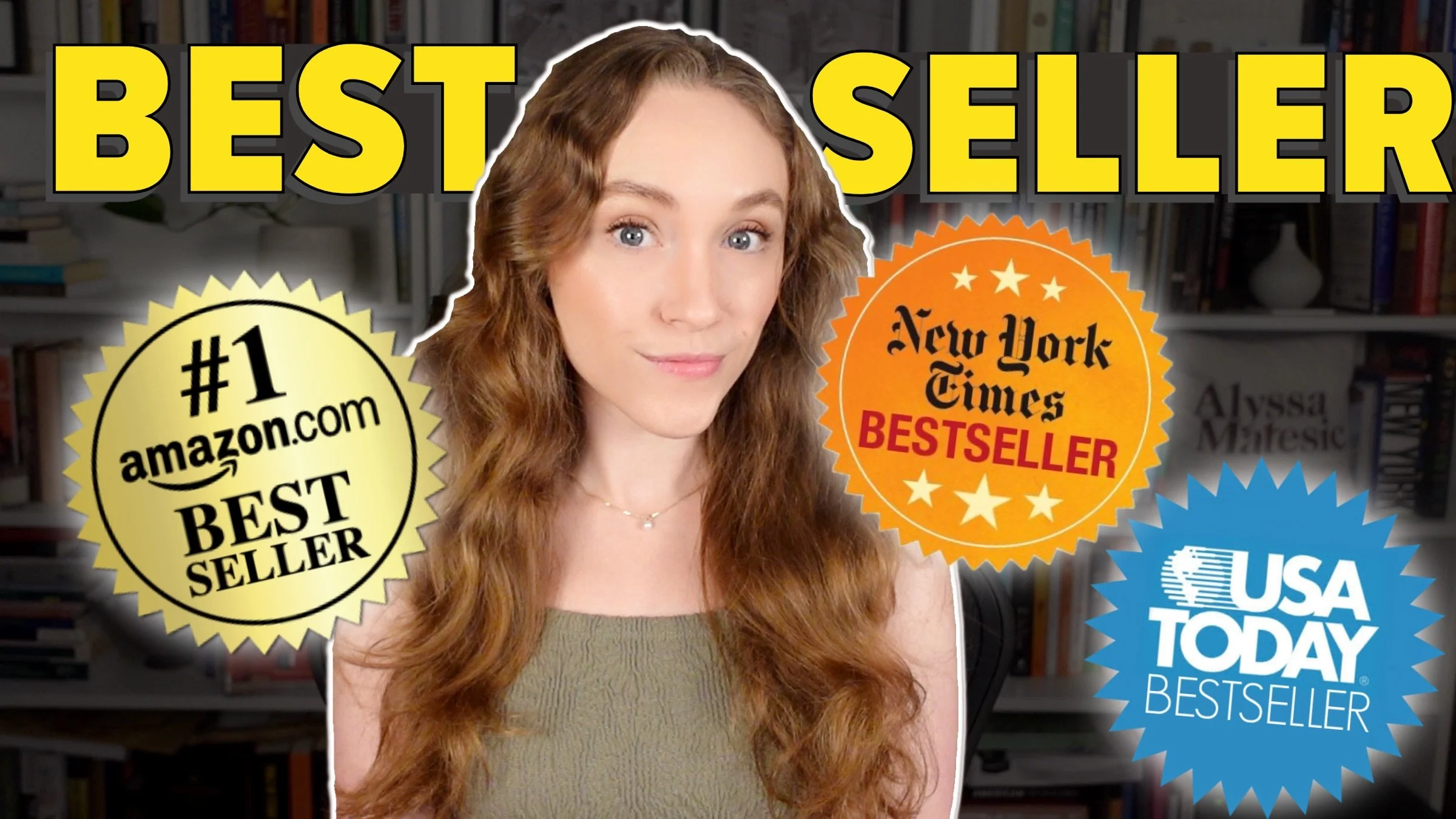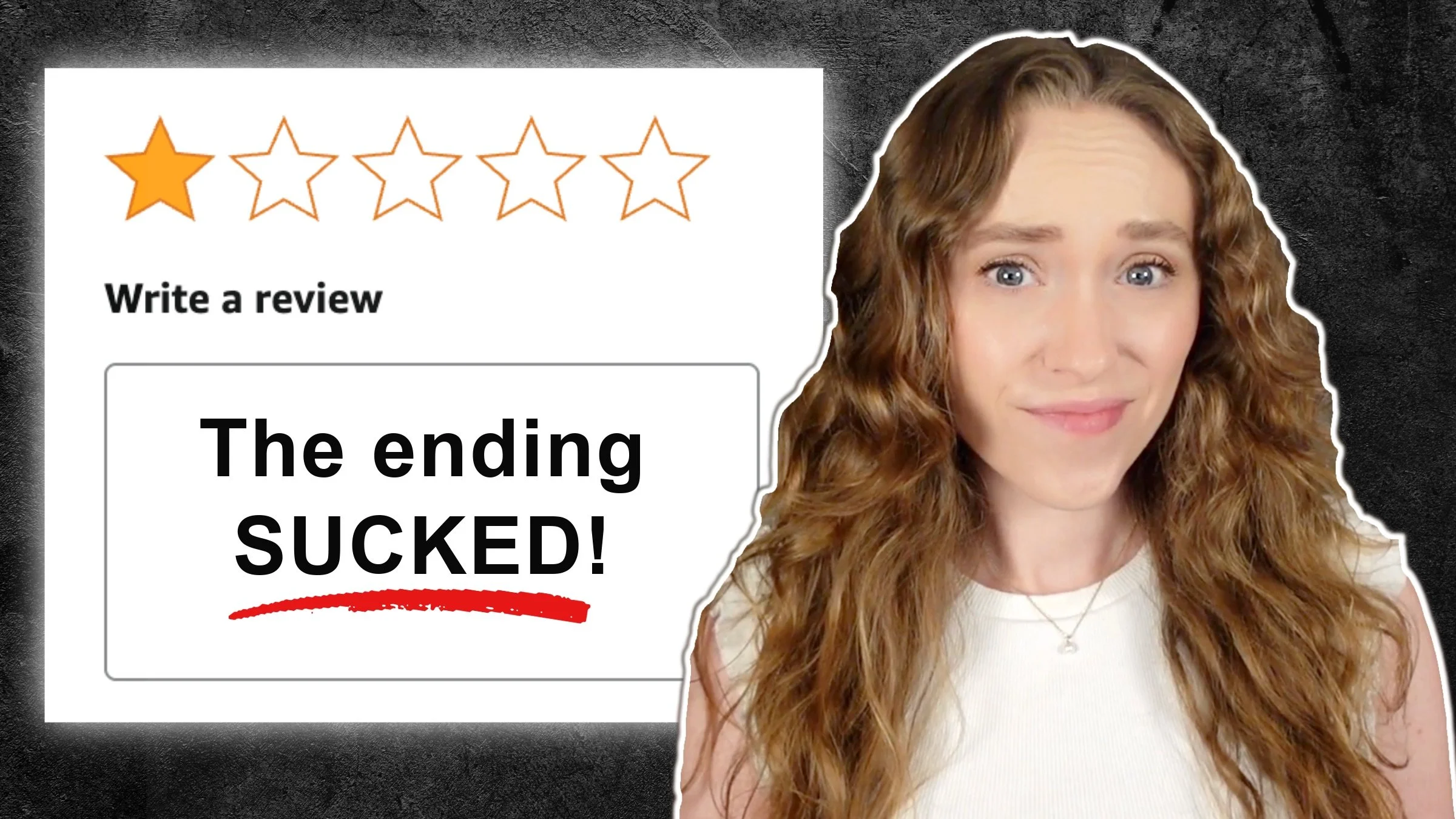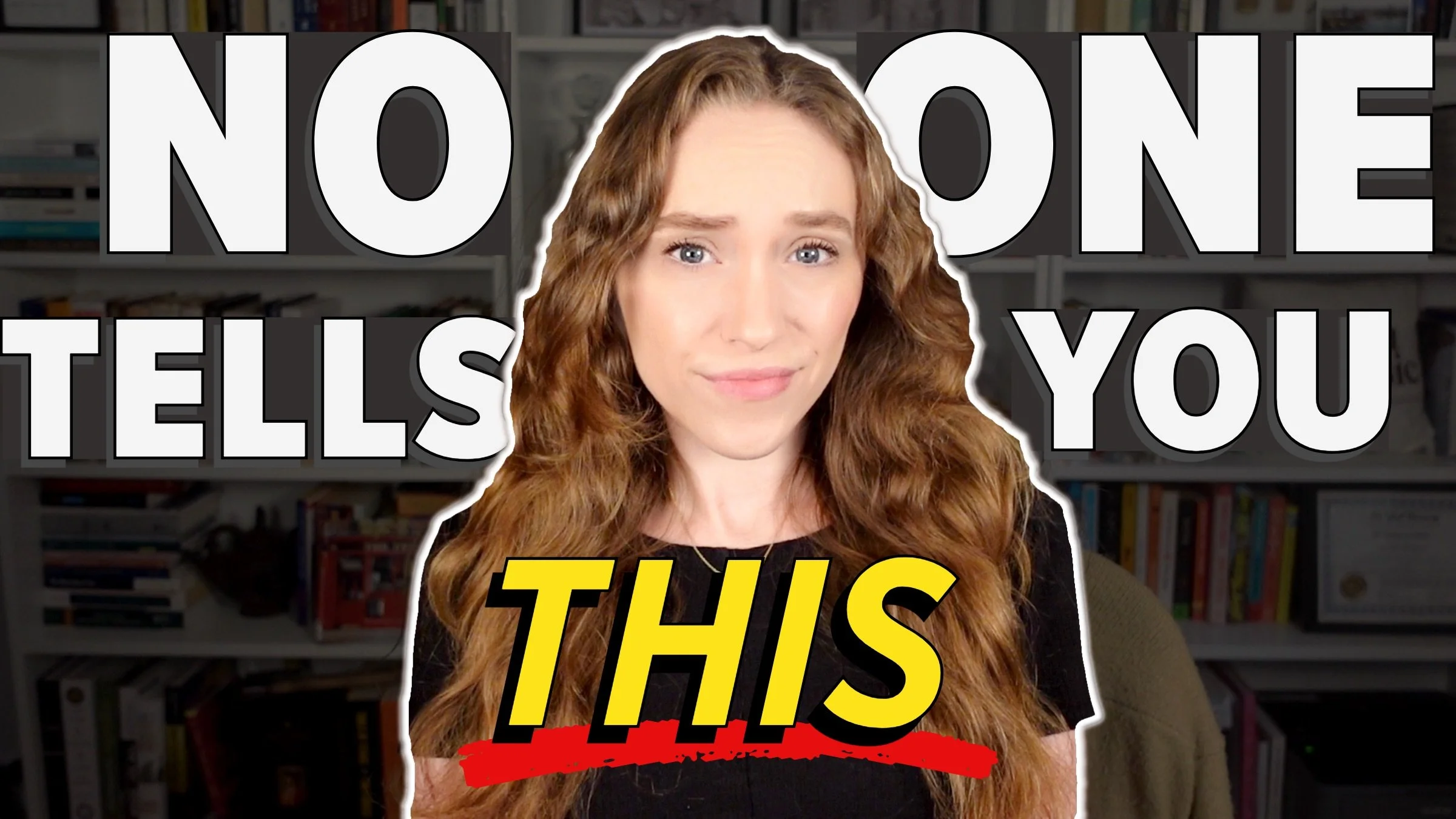Wondering How to Write a Bestseller? Try This Critical Mindset Shift Now
HIT PLAY OR READ THE POST BELOW:
What makes some books sell millions while others barely sell at all? It's not that those writers are more talented or have better ideas. It's their mindset. The authors who sell the most understand this: writing is art, but publishing is business. So, if you want to reach more readers or score a big publishing deal, you need to start thinking of your book like a product you're selling. Because that's what it is.
I know what you're thinking — I'm a writer, not a salesperson. You might even cringe at the idea of reducing your beautiful book into a product for sale. I totally get it.
But I promise this six-part framework will completely change how you think about your book and will make it fly off the shelves in a crowded market.
How do I know? I'm an editor who's worked with best-selling authors at a top literary agency and an imprint of Penguin Random House, and now bring my industry expertise to debut authors like you to help you reach your publishing dreams.
1. What does my book promise readers?
Every product needs a value proposition. Your book is no different. Why should someone spend $19 and 8 hours of their life on your book versus the 10,000 others on the shelf? Readers pick up a book to fulfill a need. They're looking for a specific emotional experience, or they're looking for information to solve an urgent problem.
So, what's the value your book delivers? If you can't articulate it, readers won't buy — and agents will probably pass.
Let's talk examples. Why are Brandon Sanderson's books so incredibly successful? Arguably the most popular and influential fantasy author writing today, he promises intricate magic systems, incredible worldbuilding, and relatable characters who feel real. On top of all that, he sticks to a regular publishing schedule, so his fans always have something new to read — making him a publishing powerhouse.
On the nonfiction side, let's look at Peter Attia's book, Outlive: The Science and Art of Longevity. It promises to help you live longer by understanding the biology behind longevity — a need that resonated with so many people that it became a number one New York Times bestseller and sold millions of copies.
Now, it's your turn to answer. What need does your book fill? What itch does it scratch? Once you know that, you're on your way to making your book commercially successful.
Don't get stuck on making your value proposition 100% unique. It's okay if your book promises something similar to another book. After all, how many hundreds of products are out there promising to get rid of wrinkles? Identify the need, then make sure your story fills it.
2. Who is my audience?
I know it's tempting to say, "My story is for anyone who likes a good story." But the truth is, your story isn't actually for everyone. It's not supposed to be.
Have you ever heard the phrase, "When you speak to everyone, you speak to no one"? The same goes for your book. You can't possibly market to everyone on planet Earth — and you shouldn't try to, because then your approach would be way too general.
Instead, write for your audience — the people who are hungry for stories like yours and will love what you have created. When you know exactly who your reader is — who your book is for, who you're speaking to — everything else becomes way easier. Your pitch, your cover, your blurb, even your writing.
Instead of "fantasy readers," think: women ages 20 to 50 who binge romantasy like Fourth Wing and love steamy romance with believable magical elements. Instead of "people who want to lose weight," go with: working parents of young children who struggle to find time for working out and self-care. Try building a profile of your ideal reader. What's their age, their gender? What do they watch and read? What are their hobbies outside of reading?
Here's a bonus: once you have a clear picture of your ideal reader in your head, answering that first question about what your book is promising readers is going to be 10 times easier — because you're going to understand their needs and why they're turning to your book.
3. What other books like mine have my readers read and loved?
It's time to talk about the dreaded comparable titles. These are recently published books that are similar to yours in some way and would appeal to the same readers.
If you're querying literary agents, it's standard to include comparable titles in your query letter. I hear from authors all the time who say, "I can't find any comparable titles because there's just nothing like my book out there.” But this is a huge mistake when you're trying to get published — because you're essentially saying that there's no market for your type of book. Or it might give the impression that you don't read much in your genre and don't understand the publishing landscape.
Every successful product lives in a category. Your job is to figure out what shelf your book sits on — and what else is on that shelf. Comparable titles are a powerful selling tool because they tell readers and agents what they can expect from your book. We talked about comparable titles all the time when I was in the industry because they demonstrate the sales potential of your book and illuminate who your audience might be.
Comparable titles are often used in the pitch or description of a book. For example, this recently published novel, The Oligarch's Daughter, is pitched as Succession meets The Americans. That immediately conjures an idea of what the plot might be like — and will appeal to fans of both shows.
That brings me to another point that I hope makes finding comparable titles a little bit easier: yes, you can use recent TV shows and movies as comparable titles. But I would still do your homework and read recently published books in your genre — because studying what those books do is only going to help you make your story stronger and differentiate it from what's already in the market.
I challenge you to come up with two comparable titles so you can say your book is X meets Y. Then you can use that language in your query letter or book description.
4. Is my description enticing?
Like any product, your book needs a description — often called a blurb. And this is a key part of your marketing collateral. In many cases, the blurb can be the difference between a literary agent requesting your manuscript or a reader buying your book — or them moving on.
Consider these two hypothetical product descriptions for a pillow. Which one would make you more likely to buy? “This memory foam pillow helps you sleep better” or '“This memory foam pillow adapts to your neck and spine so you stop tossing, turning, and waking up sore. Start every morning pain-free and actually rested.”
Most readers and agents will read the blurb before they read a single word of your story. So it's critical that it gives the right impression and entices them. After all, you might have the best book ever written — but if the blurb is bland, readers won’t even pick it up.
Consider if Donna Tartt was querying literary agents and pitched The Secret History like this: “It's a story about some college students dealing with a crime.” Not only is that super vague, but it neglects to highlight all of the aspects of the story that make it so compelling — the vividly drawn New England academia setting, the high-stakes murder, the thought-provoking dark themes.
If your blurb doesn’t inspire someone to want to read the story right now, it’s not doing its job. This is a major reason why authors get stuck in the querying trenches. Remember, your query letter — and especially your blurb — is your sales pitch. It's not the place to be mysterious or vague. It’s the place to clearly communicate what your story is about and describe it in an irresistible way.
Try giving a draft of your blurb to a few people and ask for their honest opinion: would they read that book or not? You don’t even have to tell them it’s yours.
5. What is my author brand?
Before you freak out — no, you do not need a million TikTok followers or to be an Instagram influencer to get your book published. Growing your platform will come organically once you solidify your author brand. So rather than frantically trying to figure out BookTok, or buying followers on Instagram, or giving up entirely — focus on laying the groundwork first.
Your brand is what you stand for as an author. What you bring to the table that no one else does. What's the unique perspective you bring to your books? Maybe it has to do with your career, where you come from, or what you identify as.
Even if you’ve never published a single word before, you still have a brand. You just have to define it. Are you an ex-lawyer who channels your courtroom experience into legal thrillers? Or a successful three-time entrepreneur who's eager to help struggling small businesses make it big?
Brandon Sanderson and Peter Attia have built massive communities around their work because they have strong brands. As a result, they’re able to connect with readers who feel like they understand who they are and what they stand for.
As you develop in your author career, your name will become part of your sell. Readers will come to your next book for you. So start thinking about your brand now: Who are you? What do you write? And why?
6. How am I continually working to create a better product?
No best-selling book was perfect on the first draft. Period. End of story. Just as successful products go through rounds of testing, optimization, and iteration, your book should develop, too.
The most successful authors deeply value — and even look forward to — the revision process because they understand that's where the story becomes the strongest version of itself. They're not precious about their work, and they put their egos aside in the interest of crafting the best possible reading experience.
I worked with a successful author published by Penguin Random House who was struggling to make her story suspenseful and page-turning. I offered her feedback on streamlining the plot and bringing in an element that would raise the stakes and heighten the impact of the climax. Each draft got better and better, but she wouldn't stop until she felt everything clicked. By the time it went to print, she had written more than 50 drafts of that exact novel. And that's not including copyediting and proofreading. But she finally nailed it — and now it's published with great reviews.
I'm not saying you have to write 50 drafts — that’s an extreme case. But don't rush to query your very first draft. There's a reason that products in every other industry go through rounds and rounds of testing and focus groups. You don’t know what you don’t know. Feedback is critical to see what you’re blind to. So get editorial insight from trusted critique partners or editors who understand your audience and what you’re trying to achieve with your story.
If you're querying right now, don't think of your book as a product that's ready for sale as-is. Think of it as a product that's in development. Continue to refine your query letter, your blurb, and your manuscript to get closer and closer to that version that actually sells.
I hope this framework helps you see the power and value in thinking of your book like a product. That’s not to say your book isn’t art. It is. But publishing is the moment that art turns into business. So, if you’re serious about reaching as many readers as you can, embrace both the creative and the commercial aspects of your work.
